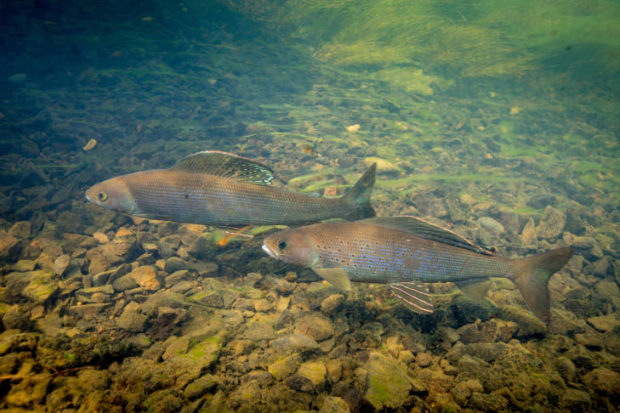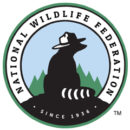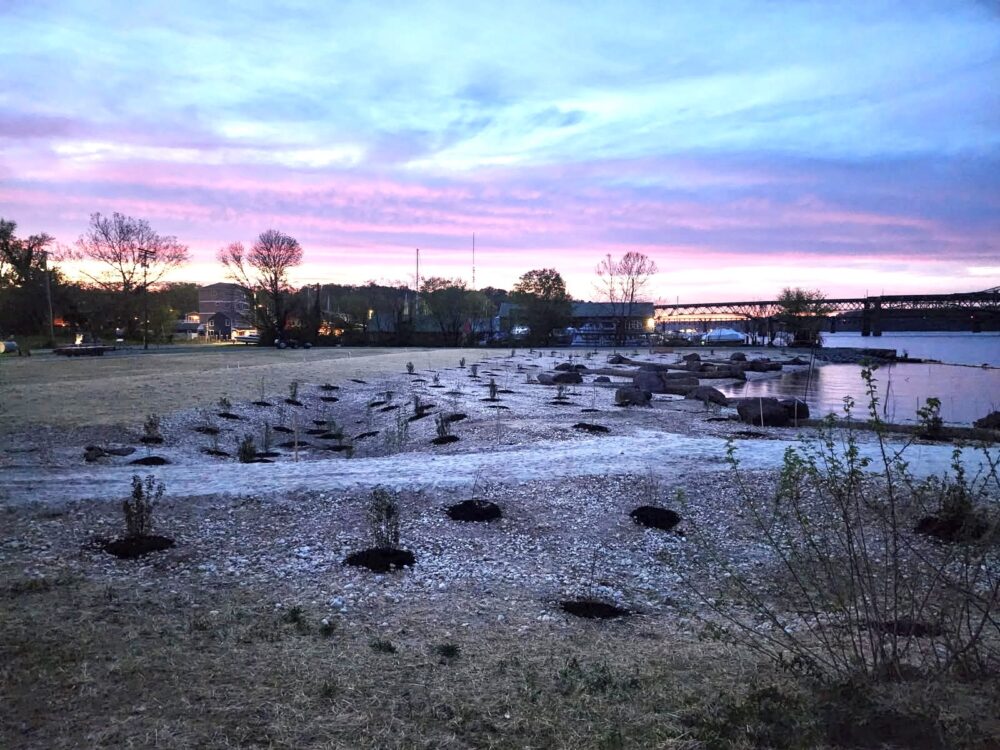We have much more to do and your continued support is needed now more than ever.
Reintroducing Wildlife: 5 Species for Hope
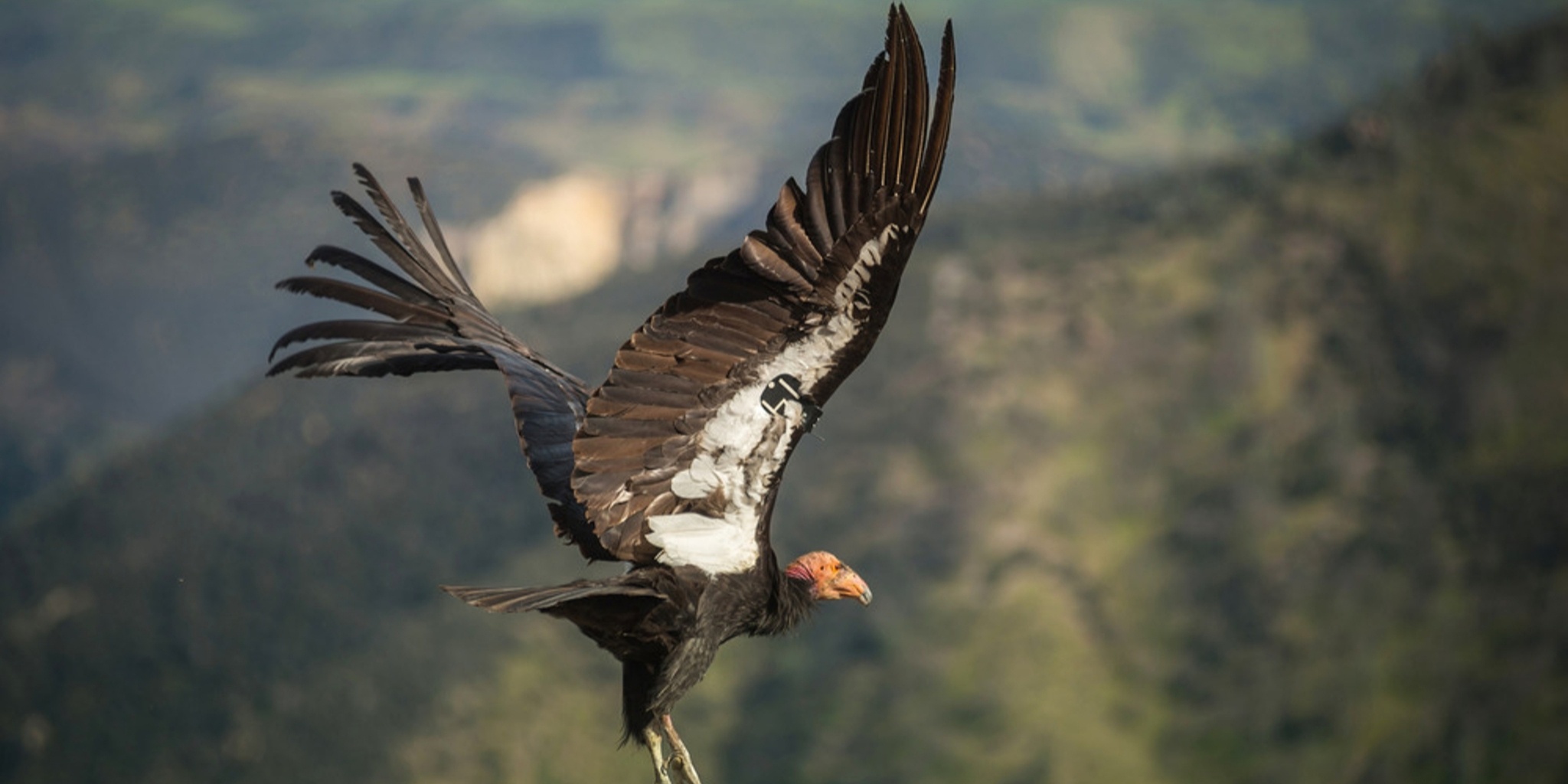
A tiny Karner blue butterfly sips from a lupine flower in New Hampshire, while far away a California condor soars over Big Sur. Meanwhile, a Texas horned lizard snags its first wild ant, and a weasel-like fisher climbs a tree in Washington’s Cascades. Arctic grayling may once again swim in their native waters in Michigan.
The fate of all five of these species depends on successful reintroductions into the wild. The future of that work is currently in Congress’ hands.Will you release hope into the wild? On January 19th, Congress will vote in the House Natural Resources Committee on Recovering America’s Wildlife Act—the most significant investment in wildlife conservation in decades. TAKE ACTION!
Take Action!
Saving Wildlife From Extinction Can’t Wait Until Later
More than one-third of America’s fish and wildlife species are now at increased risk of extinction. In the United States alone, more than 1,600 species are already listed under the Endangered Species Act — and state fish and wildlife agencies have identified more than 12,000 species of concern.
Equipped with modern technology, state wildlife agencies are teaming up with partners, especially zoos, to reintroduce struggling species back into the wild.
The problem is that modern breeding and reintroduction programs cost money, but many state wildlife agencies are scrambling for dollars — even as the wildlife crisis accelerates. State wildlife agencies have just five percent of the resources they need to implement their plans to help l wildlife.
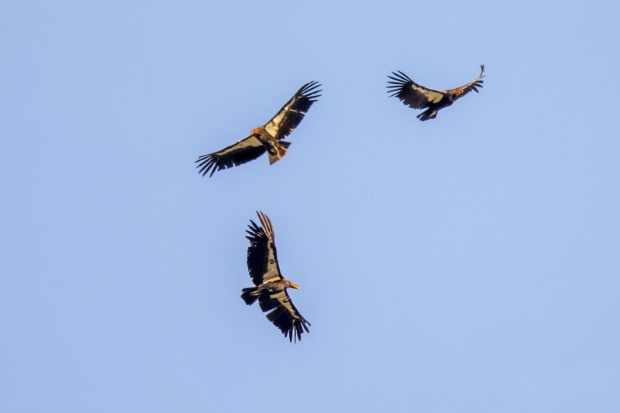
No more Singing the Blues for the Karner Blue Butterfly
The Karner blue butterfly’s journey of return shows what state wildlife agencies can do for many rare species that desperately need attention. This butterfly lives only in pine barrens, oak savannas, and dry grasslands of the upper Midwest and Northeast, and their caterpillars munch only on the leaves of the lupine wildflower.
The loss of its wild homes to development, and the suppression of fires that maintain the natural communities that support it, sent the butterfly tumbling toward extinction. Only a few habitat pockets remained when the Karner blue gained protection under the Endangered Species Act in 1992.
Since then, state wildlife agencies, the U.S. Fish and Wildlife Service, zoos, and other partners have raised captive butterflies and restored their homes — with the added benefit of also helping species such as eastern whippoorwill, Blanding’s turtles, and frosted elfin butterflies.
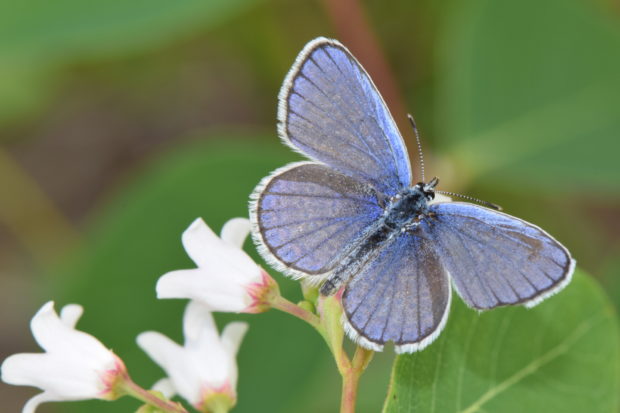
In Concord, New Hampshire, school children have grown and planted wild lupine on 300 acres of restored habitat near the airport for two decades. The “Kids for Karners” program witnessed the return of the Karner blue from none to about 3,000 after many releases of captive-reared butterflies.
The story isn’t over in New Hampshire. It takes continuous management to replicate natural processes like fire to maintain the open prairies. That’s true for Wisconsin, Michigan, Ohio, and Indiana, which also host Karner blue butterflies. The lesson? Recovery takes commitment.
Will you commit to acting on behalf of the Karner blue butterfly and all species in need? The Recovering America’s Wildlife Act is gaining steam with more than 140 cosponsors and both parties strongly represented. With your help, we can reach our goal of 200 cosponsors. ACT NOW.
With your help, future generations will know the Karner blue butterfly and the other four species for hope:
California Condor
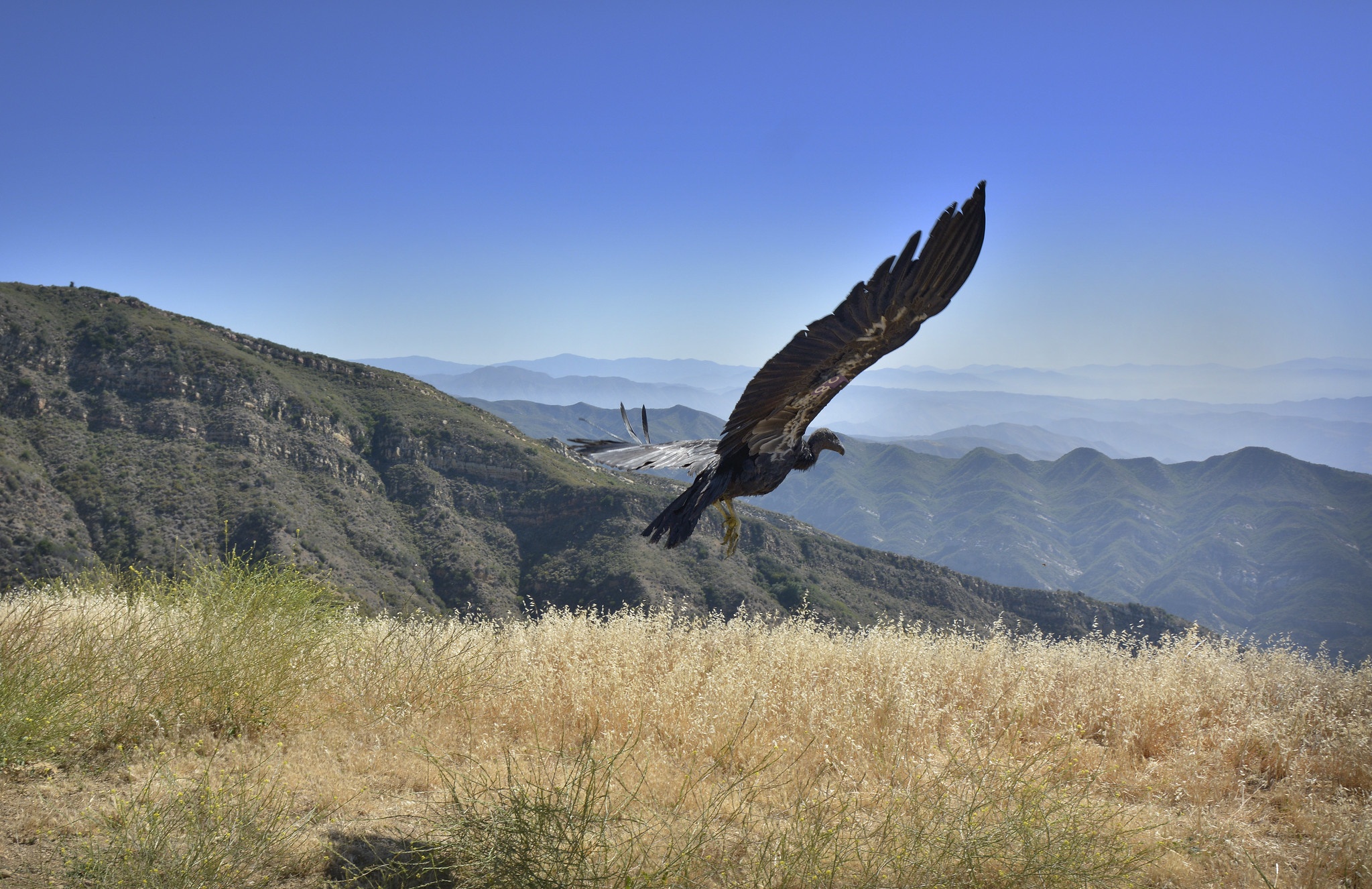
Still critically endangered, the 500 condors living today descended from 14 of the 27 birds brought into captivity in 1987. Today, about 330 fly in the wild in California, Arizona, Utah, and Baja, Mexico. Their survival depends on state and tribal wildlife agencies, the USFWS as well as other partners intervening on their behalf.
Lead poisoning in the carcasses they eat remains a major threat.
Texas Horned Lizard
Partnerships are key for states to succeed. The San Antonio Zoo raises and works with Texas Parks and Wildlife to reintroduce the iconic state reptile of Texas to its former homes — working with landowners to provide pesticide-free habitats with native harvester ants, a favorite food for the lizards that are listed as threatened in Texas.
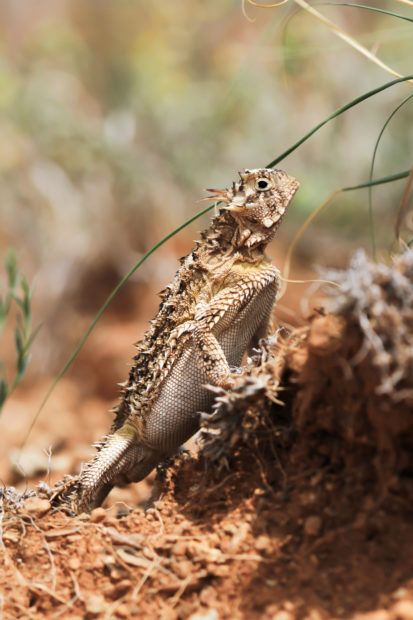
Fisher
This wily forest mammal vanished from Washington by the mid-1900s after over-trapping and habitat loss. After a successful reintroduction of fishers to the Olympic Peninsula in 2008, the Washington Department of Wildlife and partners have successfully relocated 260 fishers to the Cascade mountains.
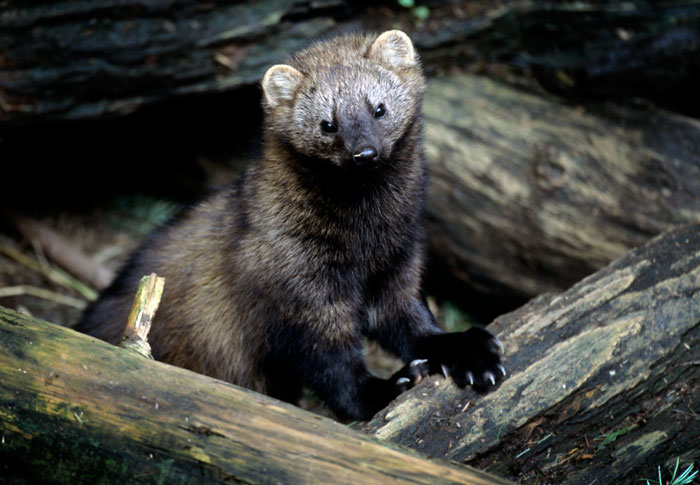
Arctic Grayling
This spectacular fish once swam Michigan’s rivers until the 1930s but were wiped out by habitat destruction, unregulated fishing, and competition from non-native fish. Today, the Michigan Department of Natural Resources and over 50 partners are applying sophisticated techniques for a planned reintroduction. With support, this iridescent beauty will once more grace the riverways.
